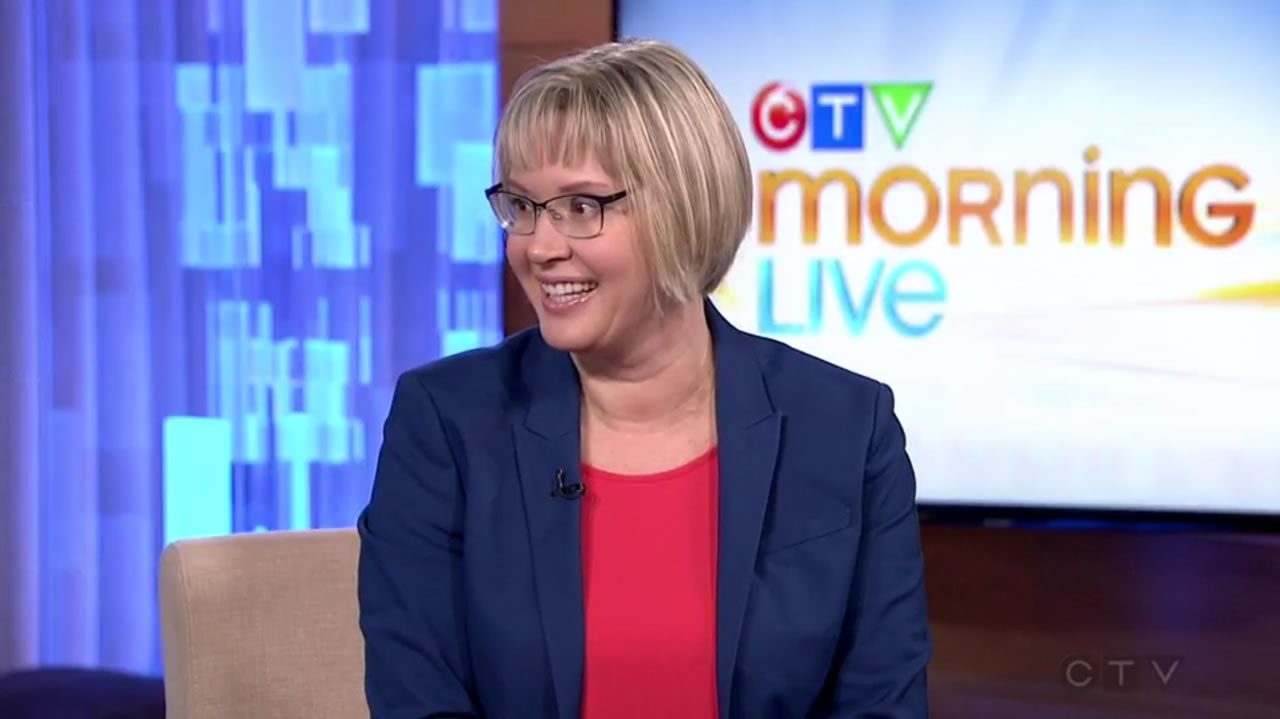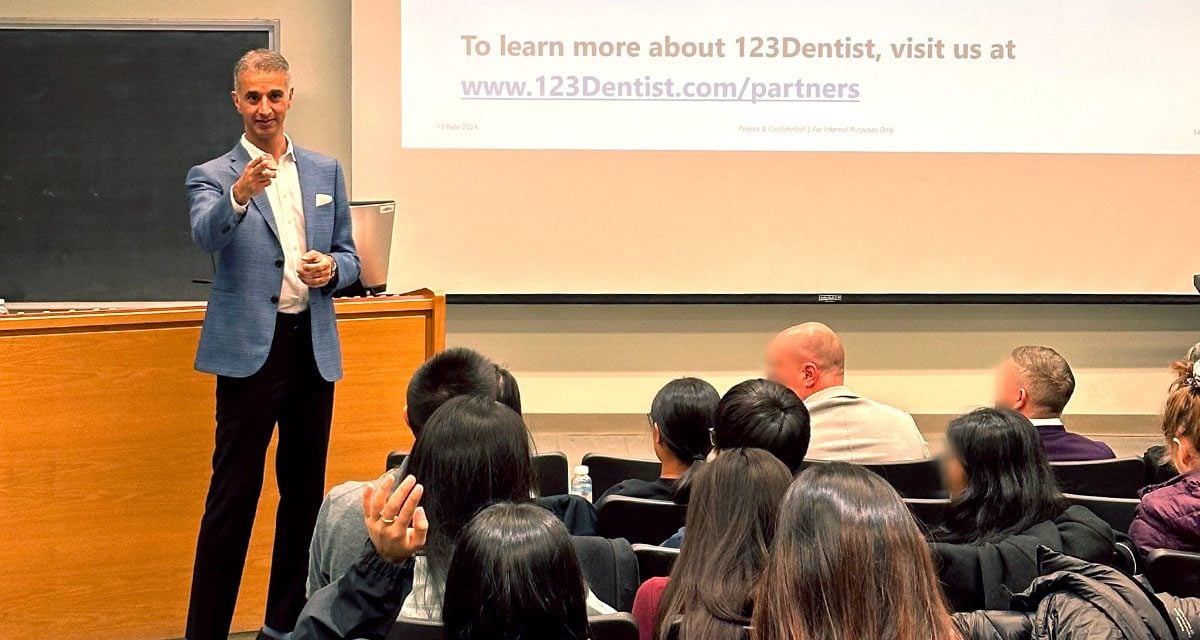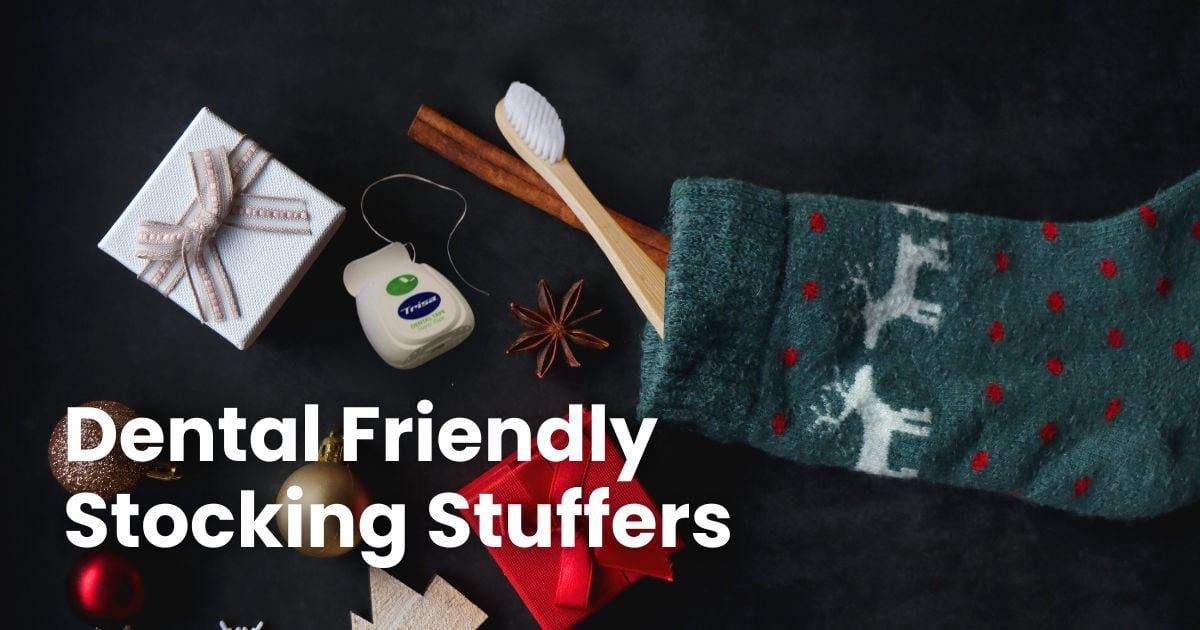We’re pleased that one of our very own dentists was the guest on CTV Morning Live’s “Ask An Expert” segment on February 22, 2017.
Dr. Alison Fransen, owner of Wesbrook Village Dental Centre, a dental clinic at UBC, provided tips for a healthy smile in a video segment with Keri Adams.
Watch the video, or you can read the transcript below.
Keri Adams: First impressions are everything, especially when it comes to your smile. Dr. Alison Fransen from Wesbrook Village Dental Centre is here to help us with tips on how to maintain a healthy and happy set of pearly whites. Thanks for joining us this morning.
Dr. Alison Fransen: Thanks for having me.
KA: Maybe just talk generally about how important dental hygiene is to your overall health?
AF: Yeah, brushing and flossing are essential for everybody, to remove plaque from your teeth, to help combat bad breath, allow you to keep your smile nice and white, and healthy gums.
KA: How often should we be brushing our teeth? Because some people say “after every meal,” what’s best?
AF: After every meal is best, if you can, do 3 times a day. Twice is pretty normal for most people. After breakfast and then in the evening, before you go to bed at night, because at night time you have reduced saliva, so you’re more susceptible to getting tooth decay at nighttime.
KA: Okay, so a lot of different toothbrushes out there on the market. There’s the electric ones, there’s the manual ones – which do you recommend?
AF: Electric is definitely the best, because it rotates at 40,000 pulses per minute. So, it’s much more effective at plaque removal. [picks up electric toothbrush and mouth model]
KA: Okay, so you’re going to give us a little demo here?
AF: Yeah. So, you just gently glide it across your teeth. You don’t have to do any scrubbing motion, just gently glide. They usually have a timer too, for about two-minutes, so you can brush for the proper brushing time – make sure you’re doing it fully and effectively. And they often have a pressure control too, so that you’re not pressing too hard and damaging your gums and teeth.
KA: And just using that same model with a manual toothbrush, how do you do the same thing with a manual toothbrush?
AF: The manual one, you have to angle it about 45 degrees and do gentle circles – gentle, gently circles. And then you can add a little brush, flicking up…
KA: So, circles down by the gum line, and then brushing up?
AF: Yeah, you always want to brush your gum towards your tooth, so you’re not pushing them further down and causing …
Together: Recession…
AF: Yeah, yeah, you don’t want to damage them by brushing too hard.
KA: Okay, let’s talk about toothpaste. Lots of different toothpastes on the market, what’s best?
AF: There’s about four basic kinds – with some crossover between them. There’s the whitening ones, that have some peroxide in it, and polishers. And then there’s sensitive ones, for people with more sensitive teeth, like hot, cold, sweet sensitivity. And then they have the tartar control for people who have a lot of gum disease and build up a lot of tartar. And then there’s the acid erosion one, that helps your enamel if you have acid erosion, or drink a lot of soda pop or those sort of things.
KA: Do the whitening toothpastes make your teeth more sensitive?
AF: They can a little bit. Peroxide can make your teeth a little sensitive, so you can switch between the two – you can go whitening for a week and then go to the sensitive toothpaste for a week, and that helps combat it. I do that myself.
KA: Talk about flossing, and the importance of flossing and how we do that correctly.
AF: If you’re not flossing, you’re missing a third of your tooth surface.
KA: Uh-oh.
AF: So, what you want to do, if you can floss – some people can’t manipulate floss, it’s hard to do, so they’ll use a Water Pik, or air flossers – but floss, you wrap it between your fingers [demonstrating] hold it tight, just a small section, and then you put it between your teeth gently and wrap it in a C-shape and curve it and then slide it up and down, under the gums.
KA: Are there any bad habits that people may have that could have an effect on their smile? Like chewing on pens and things like that.
AF: Yeah, chewing on pens, chewing your fingernails, clenching or grinding your teeth at night too. That can cause damage – it causes uneven wear on your teeth and little microfractures and chips or notches. And sore muscles, and sore neck and headaches.
KA: So, things that a dentist would help you identify.
AF: Yeah, they can help you with different things, like a splint or a night guard, or even sleep apnea appliances – some people are grinding and clenching because they’re not getting enough oxygen at nighttime.
KA: Okay, well good advice this morning. Thank you very much




 December is finally here, and if you’re not already hyped about the holidays, you’re about to […]
December is finally here, and if you’re not already hyped about the holidays, you’re about to […]

